Chongqing News
New internet-famous spot on Nanbin Road in Chongqing
2022-05-20 14:12:52
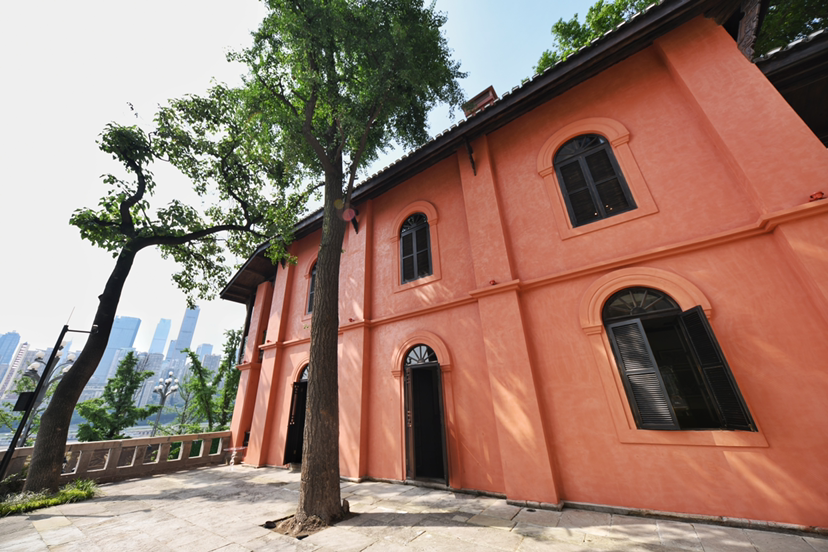
CHONGQING (CQNEWS) -- After Chongqing was opened to the outside world, Archibald Little, a British businessman, built a great number of constructions and facilities on Longmenhao in Nan’an District, including inns, piers and office occupancy. Among them, a three-floor red ochre villa of western style, the main building of LIDELE foreign firm, is rather famous and named “red house”.
After one-year repair, the former “red house” has “revived”. It reappears in Chongqing, becoming another internet-famous spot on Nanbin Road.
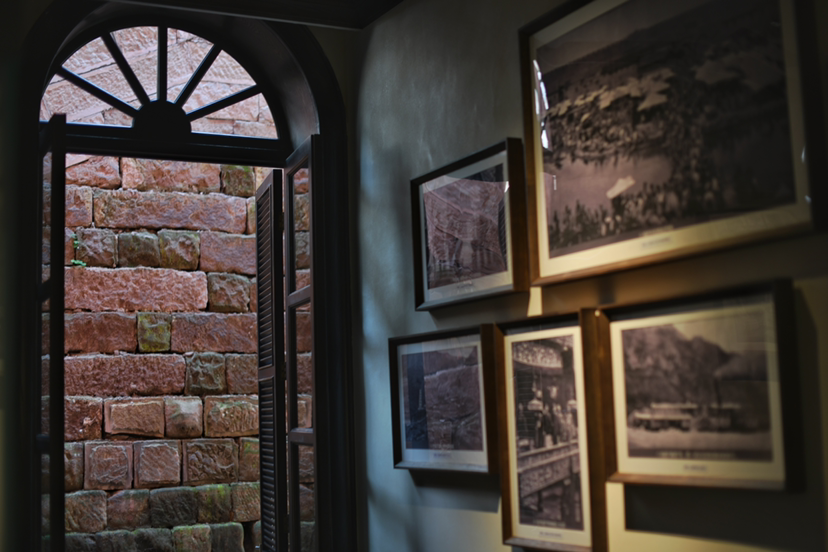
The craftsmanship of an 80-year-old professional ensures the completion of “red house” repairing; the “read house” is the demonstrator of the art on the roof
The Chongqing Yudi Yuanjian Cultural Industry Co., Ltd. of Chongqing Real Estate Group Cp., Ltd. is responsible for the preservation, activation and utilization of the “red house”. Xia Qishuo is one of the staff in the company, who takes the responsibility for the repairing works of the building.
“We took great pains to figure out its architectural design of mix and match,” said Xia. Taking the plaster-moulding Chinese cabbage as an example, on the top of the house’s entrance on the first floor, there is a decoration similar to Chinese cabbage. “At the first sight of the cabbage, apart from its main body being damaged, its color had already faded much.” Along with his colleagues, Xia went through historical materials and asked a respected professional in the field of cultural building restoration, learning that “plaster moulding”, an architectural technique, should be adopted to restore that decoration.
In 2008, the technique was designated as the second batch of National Intangible Cultural Heritage. It is a traditional architectural decoration technique of the Han clan in Lingnan region. The technique mainly requires limestone, and the works under this technique were on the walls, roof ridges, or other architectural arts.
“Very few people know how to use this technique today,” said Xia. In order to restore the details mixed with both Chinese and Western styles, they found an 80-year-old craftsman, Pan Youyu, to restore the “plaster-moulding cabbage” by means of this technique. Plaster moulding requires complex and intricate works.
Last summer, Pan worked in the “red house” for about 45 days. In the hot summer, he used this technique to restore the Chinese cabbage from its shape to its leaf vein. In this way, Pan restored the original details of the whole “red house” by himself.
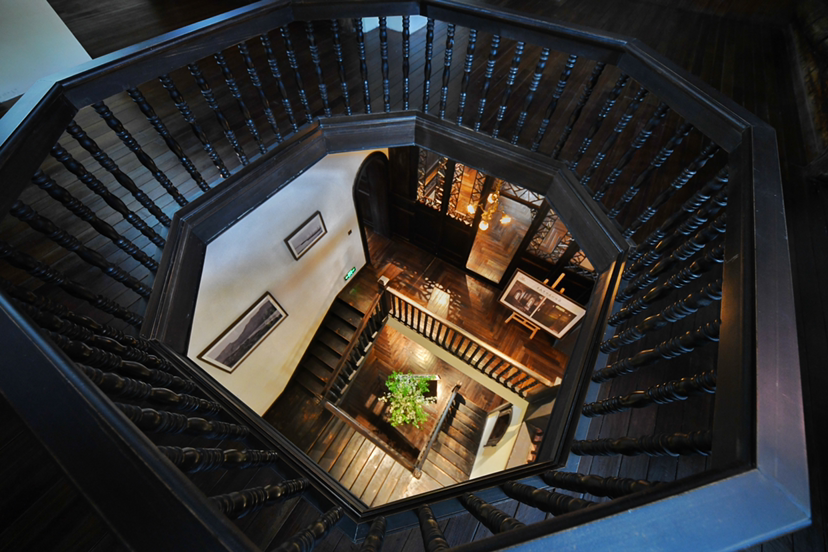
Visit ceramic workshops and conduct experiments; restore “dragon- and scroll-design green-glazed tile carvings”
According to the records, in the second floor of the “red house”, the handrails on the overhanging corridor were inlaid with the dragon- and scroll-design green-glazed tile carvings, wooden carved bow-shaped brackets and other architectural components.
“To restore the cultural relics, we had visited many ceramic workshops and conducted countless experiments,” said Xia. Dragon- and scroll-design green-glazed tile carvings require homemade works and served as the most intricate calcination craft in Chongqing at that time. When restoring, the team made a deep analysis of the superficial textures and patterns of the carvings. In addition, they had visited many old ceramic workshops to restore the cultural relics by means of ancient techniques.
Xia said that the craftsmen were engaged in every step of the restoration. While installing, they needed to prevent the cultural relics from being damaged and ensured they were firmly installed. “Therefore, we had to do our work in limited spaces.” It took them 3 months to make and install dozes of dragon- and scroll-design green-glazed tile carvings.
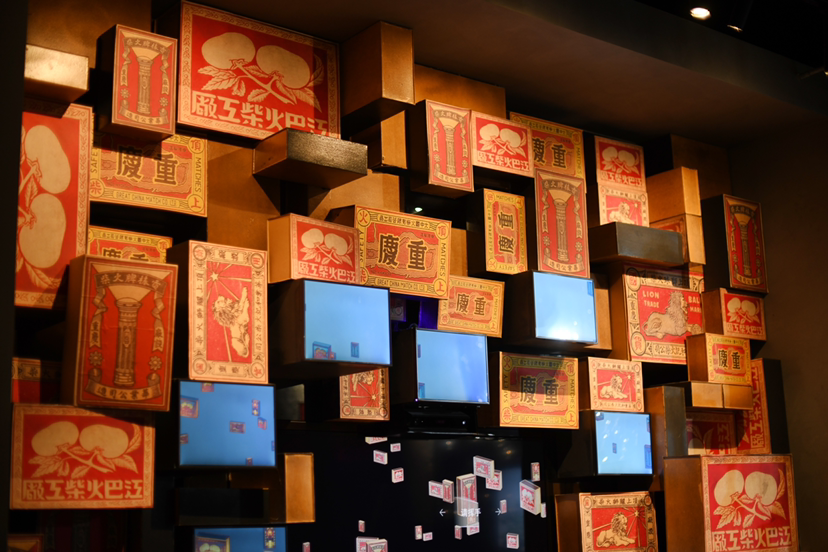
Trials of pigments of different colors; seek for the ground color of the “red house”
It is known that the “LINDELE” villa next to the Yangtze River is a “red house”. However, it is not easy to be certain about what is the ground color of the house.
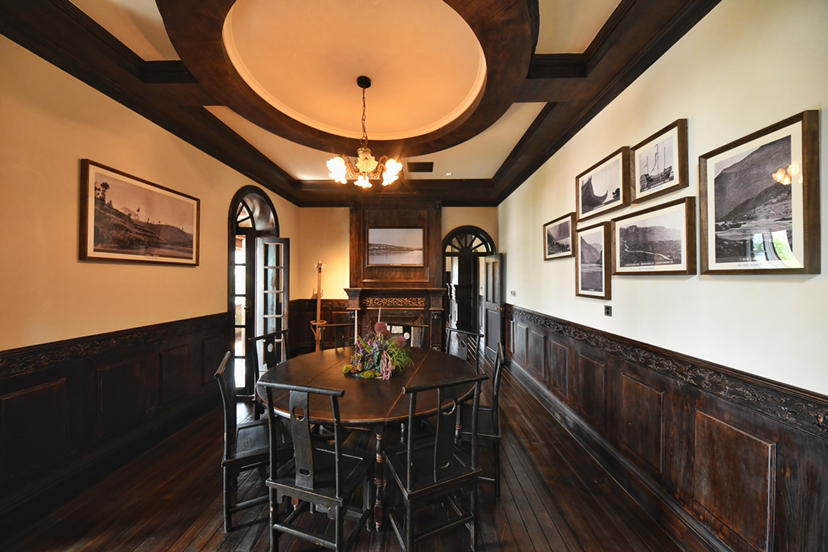
Therefore, the team of the company visited the experts from Chongqing Municipal Development Committee of Culture and Tourism and the teachers from Sichuan Fine Arts Institute and asked them for professional suggestions. “We were so lucky that we had paid a visit to Mr. Yang Shengxi, a native living in Longmenhao Old Street,” said Xia. Finally, we set up a special team on color research. After hard efforts had been made, including the on-site wall analysis, freehand sketching, color analysis and expert consultation, we found a way to repair the cultural relics.
When taking the first look at the outer walls, we found that they were carmine, yellow and gray. In line with his memories, Yang painted freehand sketching, and revised and made adjustments to the paintings over and over again. Only in this way could they restore the cultural relics to the largest extent.
The restoration, activation and utilization of the LIDELE foreign firm’s building is the epitome of local preservation of cultural relics.
As a national demonstration zone of cultural industry, Nan’an District of Chongqing has preserved and restored more than 30 major historical and cultural sites protected at the national level in recent years, including National Palace Museum Relocation Memorial South, Chongqing Kaibu Relics Park, Longmenhao Old Street, Ciyunsi Old Street and Danzishi Old Street... The professionals engaged in cultural relics restoration gathered in Nan’an, making contributions to reactive and reuse the historical and cultural heritages that are integrated with the city. (Translated by Huang Ziming, Fathom Language Limited)
Editor:Jiang Yiwei
 手机阅读分享话题
手机阅读分享话题